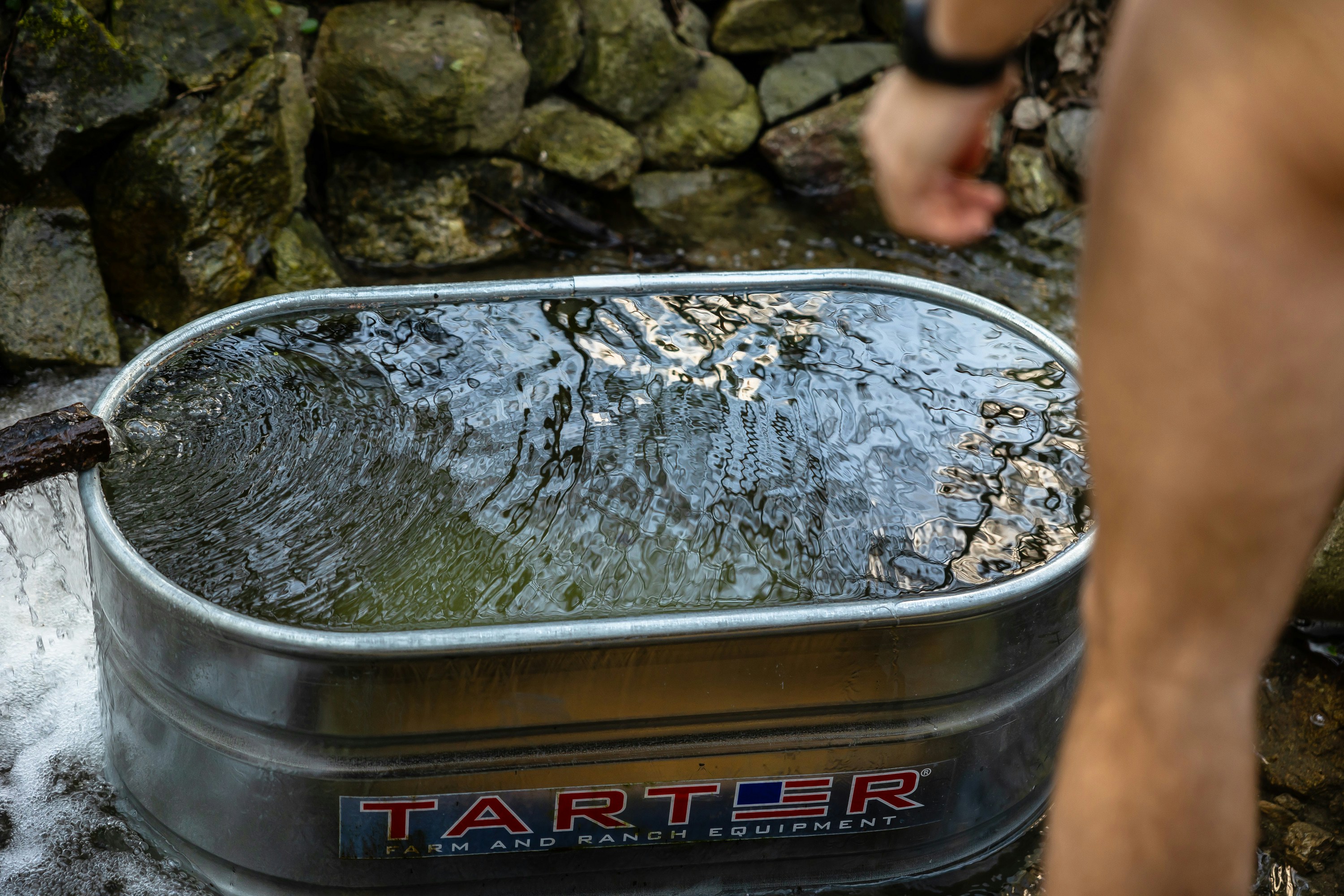Have you ever wondered why, despite the numerous benefits of cold plunging, some people seem to encounter more challenges than others? You’re not alone! Cold plunging is a practice that has gained significant popularity for its ability to invigorate the mind and body. However, like any wellness routine, it’s easy to stumble into some common pitfalls that might impede your progress or affect your overall experience. Let’s chat about these potential missteps and how you can avoid them.
Understanding the Appeal of Cold Plunge Practice
Cold plunging involves immersing yourself in cold water for a short period, typically ranging from 30 seconds to a few minutes. It has several potential health benefits, from reducing muscle soreness and inflammation to boosting mental clarity and mood. However, as exciting as it sounds, it requires a thoughtful approach to gain maximum benefits without facing discomfort or the risk of injury.
The Science Behind Cold Plunging
Before exploring the mistakes, it’s vital to understand why cold plunges have become a beloved ritual for many. When you immerse yourself in cold water, it causes your blood vessels to constrict. Once you step out and warm up, your vessels dilate, leading to increased blood flow. This process can help flush out metabolic waste and reduce swelling or soreness post-exercise. Additionally, the cold shock forces you to focus on your breath, providing a mental clarity similar to mindfulness or meditation.
Common Mistake #1: Diving In Too Quickly
Enthusiasm is great, but diving headfirst into cold water without preparation can be a recipe for discomfort or shock. The body needs time to acclimate to cold temperatures. By progressing gradually and giving your body time to adjust, you can help prevent any adverse reactions and allow yourself to enjoy each cold plunge.
Why Gradual Acclimation Matters
Sudden exposure to cold water can trigger what’s known as the “cold shock response.” This involuntary gasp reflex can lead to panic if you’re not prepared. Start with shorter durations and milder temperatures, and gradually work your way up. Your body will learn to handle the cold efficiently, making the experience much more pleasant and effective.
Common Mistake #2: Skipping the Breathing Exercises
Breathing exercises aren’t just a meditative ritual; they help tailor your body’s response to the cold. Proper breathing can enhance your resilience to cold temperatures, reduce the initial shock to your system, and help maintain your calm.
Techniques for Effective Breathing
Before entering the water, try practicing some deep breathing exercises. Focus on long, controlled inhalations followed by slow, steady exhalations. Once in the water, maintain steady, rhythmic breathing to help manage any discomfort. This focus can help keep your mind calm and reduce the sensation of cold.
Common Mistake #3: Ignoring Safety Guidelines
Safety should always come first. As beneficial as cold plunging can be, it’s crucial to observe safety precautions. Entering water that is too cold or staying submerged for too long can be dangerous.
Safety Tips for Cold Plunging
- Monitor Water Temperature: Aim for a water temperature between 50°F (10°C) and 59°F (15°C) as a starting point.
- Duration Matters: Limit initial sessions to just a couple of minutes.
- Supervise When Possible: If you’re new, consider having a buddy system, or at least make sure someone knows where you are.
Common Mistake #4: Neglecting Post-Plunge Warming Techniques
Assuming the plunge ends once you step out of the water is a common misconception. Warming up correctly afterwards is just as crucial as the plunge itself.
Effective Ways to Warm Up
After emerging from the cold, your core temperature may still drop momentarily. Dry off immediately and change into warm clothes. Consider gentle exercises like yoga or dynamic stretches to promote blood flow. A warm drink can also help raise your internal temperature comfortably.
| Action Steps | Description |
|---|---|
| Dry Off Quickly | Use a towel to pat yourself dry immediately after exiting the water. |
| Change to Warm Clothes | Layer up with dry, warm clothing as quickly as possible. |
| Gentle Movements | Light exercises or stretching can aid in warming up gradually. |
| Warm Beverages | Sip on herbal tea or another warm drink to soothe and warm your system. |
Common Mistake #5: Not Listening to Your Body
Every individual’s comfort level with cold water is different. It’s easy to get caught up in comparing your progress to others, but this can lead to pushing yourself beyond your limits.
Embrace a Mindful Approach
Pay attention to how your body and mind are reacting. Discomfort is different from pain or extreme stress signals. If you feel uneasy or overexerted, it’s perfectly okay to step out and try again another day. Listening to your body will help you build a sustainable routine and enjoy long-term benefits.
Common Mistake #6: Overlooking Consistency
Cold plunging isn’t just about the occasional exhilarating dip; consistency is key to unlocking its full range of benefits.
Establishing a Routine
Like any wellness practice, regularity fosters habituation and adaptation. Try to incorporate cold plunges into your weekly routine. Whether it’s a few times a week or even daily, find what works best for you and stick with it. Over time, your physiological responses will improve, making each session more enjoyable.
The Psychological Benefits Overlooked by Many
While most people focus on the physical benefits of cold plunging, the psychological advantages are equally impressive. During the plunge, you’ll experience a rush of endorphins, leading to a boost in mood. Overcoming the intense initial shock can also help build mental resilience and fortitude.
Nurturing a Healthy Mindset
Cold plunging can bring a sense of achievement and motivation. Each successful plunge can bolster your confidence and create a positive mindset, encouraging you to tackle other life challenges with greater tenacity.

Conclusion
You’re now better equipped to refine your cold plunge practice by steering clear of these common mistakes. The key is to embrace the process with a mindful approach, listening to your body, and maintaining consistency. By gradually acclimating to the cold, practicing effective breathing, observing safety guidelines, and warming up properly, you will maximize the benefits of this invigorating practice. Remember, the journey is uniquely yours, and with patience and persistence, you’ll find a routine that seamlessly integrates into your lifestyle, enhancing both your physical and mental well-being.




